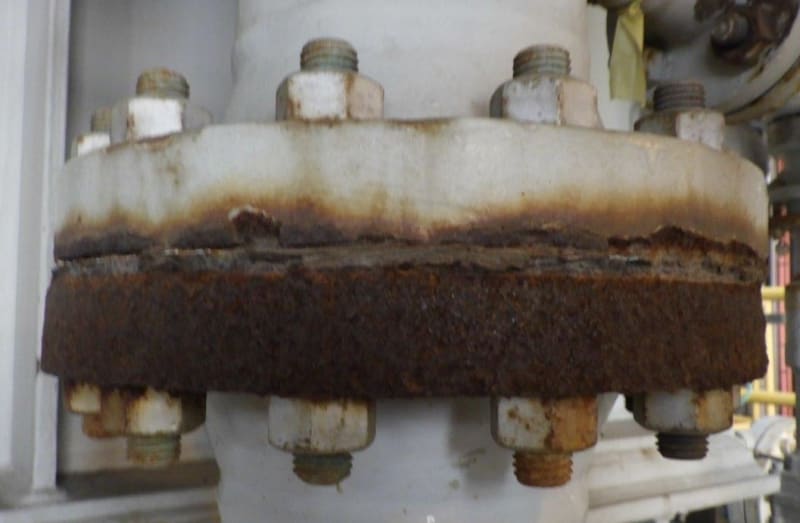mariolucas75
Civil/Environmental
Dear forum,
Could you please advise on flange assessment...
Well there is a flange face assessment criteria:
"ASME PCC-1 Appendix D - Guidelines for allowable gasket contact surface flatness and defect depth"
That tells to what extent the serration rings can be damaged.
Is there a criteria about the thickness of flange? For example there is a flanged connection, corrosion is running around it and to perform the assessment of the flange... the thickness of it ?
Another question how would you assess the flange given in attached example ? or what would be your recommendations ?
Thank you so much
Could you please advise on flange assessment...
Well there is a flange face assessment criteria:
"ASME PCC-1 Appendix D - Guidelines for allowable gasket contact surface flatness and defect depth"
That tells to what extent the serration rings can be damaged.
Is there a criteria about the thickness of flange? For example there is a flanged connection, corrosion is running around it and to perform the assessment of the flange... the thickness of it ?
Another question how would you assess the flange given in attached example ? or what would be your recommendations ?
Thank you so much

